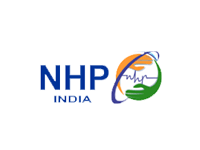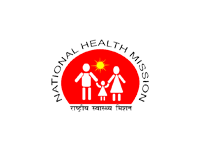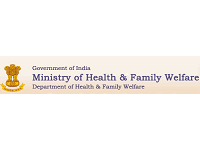Bridge populations comprise people, who, through close proximity to high risk groups are at the risk of contracting HIV. Quite often they are clients or partners of male and female sex workers. Truckers and migrant labours are major bridge populations.
They are a critical group because of their ‘mobility with HIV’. Their living and working conditions, sexually active age and separation from regular partners for extended periods of time predispose them to paid sex or sex with non-regular partners. Further, inadequate access to treatment for sexually transmitted infections aggravates the risk of contracting and transmitting the virus.
NACO has developed comprehensive Operational Guidelines on Targeted interventions for Truckers and Migrants.
TIs to Reduce the Vulnerabilities of Bridge Population
The NACO interventions are aimed at controlling the spread of HIV and STI through information raising about their transmission and prevention. All interventions are aimed at promoting safe sex through use of condoms. They also facilitate easy access to condoms, treatment for STI, counselling and testing services.
How are Interventions reached to Truckers?
These interventions involve interaction with the target community about sexually transmitted infections, HIV/AIDS and safe sex. For better recall and understanding information, education and communication materials are used in such community interactions. Peer educational activities are also undertaken for effective outreach of the messages.
So far, all interventions were carried out by NGOs at locations where truck drivers halt for sufficient duration like along highway stretches, business activity areas, check posts or port areas. Under NACP-III, a larger gamut of organisations constituting National Highway Authority of India, social marketing organisations in the promotion of condoms, NGOs and truckers’ organisations at state and district level are involved in a concerted effort for better outreach of the interventions. The ultimate aim is to harness the trucking community, associations, brokers and others in driving these interventions.
Interventions aimed at Migrants
The interventions for migrants are focussed on 8.64 million temporary, short duration migrants. They are of special significance to the epidemic because of their frequent movement between source and destination areas. For reaching interventions to migrants, NGOs identify active volunteers from among them and train them in spreading preventive messages among their fellow workers. Factory owners, construction companies and other employers engaging the services of these migrants are also motivated to undertake preventive HIV education activities among them.

























